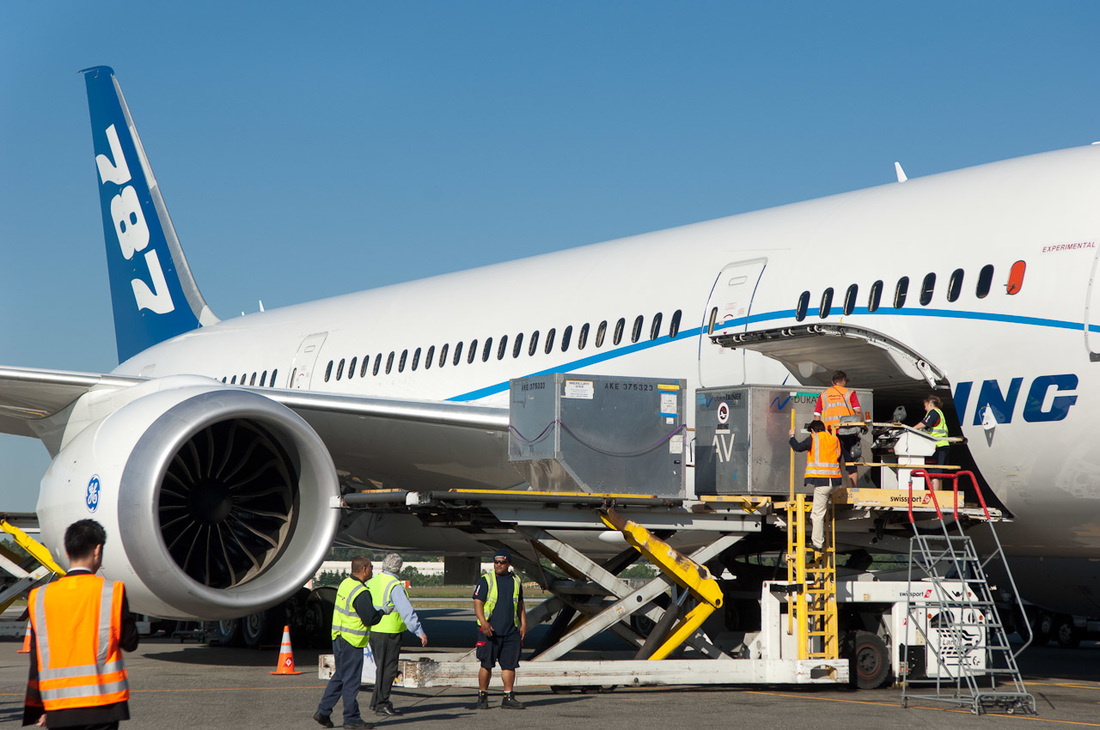You can view the full list of changes here, but this list might be a little handier. From Jan 1st, the new edition of the IATA Dangerous Goods Regulations (Edition 58) will be applicable.
- Replacing the existing lithium battery handling label with a new multi-modal lithium battery mark to be phased in over two years, with a deadline of December 2018 (Figure 7.1.C)
- Introducing a new Class 9 dangerous goods label specifically for lithium batteries, to be phased in over two years, with a deadline of December 2018 (Figure 7.3.X)
- Many new and modified special provisions
- Allowing shippers to assign a substance to a class or division different to that shown in the List of Dangerous Goods (IATA DGR 4.2), subject to approval by the appropriate national authority
- Adding classification criteria for polymerizing substances into Division 4.1
- Adding new UN numbers and Proper Shipping Names for “polymerizing substances,
- liquid and solid, stabilized” (PI 459) and “polymerizing substances, liquid and solid requiring temperature
- Updating Special Provision A104 for UN1230, Methanol that requires all packages containing methanol to bear a Division 6.1 toxic hazard label (in addition to the Class 3 flammable label)
- Changing the documentation requirements for hazmat air shipments
Reference:
IATA DGR Changes from 1st Jan, 2017.
More on the topic:
- More: Teterboro: RIP the RUUDY SIX
- More: 400% increase in GPS Spoofing; Workgroup established
- More: GPS Spoofing WorkGroup 2024
- More: New GAR Procedure for UK Flights
- More: New APIS system coming to Hong Kong
More reading:
- Latest: Teterboro: RIP the RUUDY SIX
- Latest: 400% increase in GPS Spoofing; Workgroup established
- Latest: GPS Spoofing WorkGroup 2024
- Safe Airspace: Risk Database
- Weekly Ops Bulletin: Subscribe
- Membership plans: Why join OPSGROUP?











 Get the famous weekly
Get the famous weekly 





